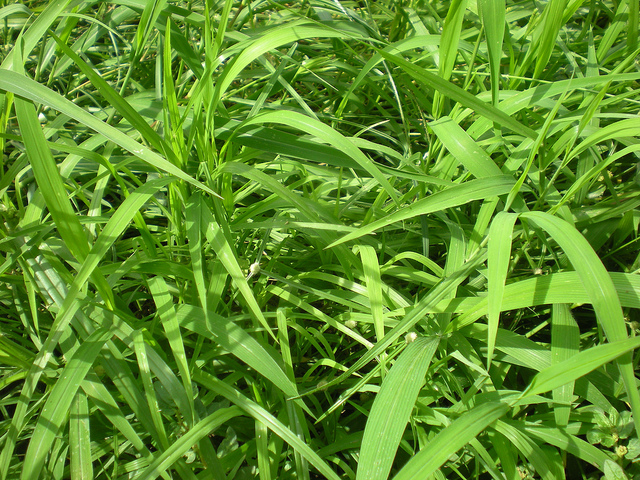Forage and Silage
Forage and Silage
Dairy Articles
Breeding Mulato II was developed at CIAT from an original B. ruziziensis x B. decumbens cross, followed by 2 generations of hybridisation by exposure to B. brizantha pollen in the field and was released by Grupo Papalotla in 2004. In trials in Central and South America, Mulato II produced more dry season forage and had better milk production over time than Mulato and other Brachiaria cultivars..
US - While corn silage has long been the roughage of choice for dairies, limited water may mean sorghum silage gets a closer look this year, according to a Texas AgriLife Extension Service specialist.
Home grown or purchased hay or silage are extremely valuable feeds after a flood or fire. If well made, they should be safe to feed and are excellent “comfort food” for short term feeding of cattle, horses, sheep and other grazing animals, writes Neil Griffiths Technical Specialist Pastures Paterson with New South Wales, Australian government.
DENAMRK - Cows on grass prefer a diet that includes herbs rather than pure grass. Scientists from Aarhus University have studied a selection of herbs and their potentially beneficial effects.
Forage is the most important component in the diet of dairy cattle because of the dramatic impact it has on dry matter and nutrient consumption. The quality and form of forage are two of the factors that have been shown to influence dry matter consumption and milk production in dairy cattle, says Richard O' Kellems from the Animal Science Department, Brigham Young University.
Now, Canadian farmers have access to AERC's Canadian Forage Sorghum Hybrid 30. It produces better yields with excellent forage quality over a wide range of growing conditions than the US Sudan grass. This hybrid has been tested widely across Canada over several years with no toxicity concerns and is safe under normal growing conditions.
Researchers at Teagasc Animal & Grassland Research and Innovation Centre, Moorepark ask: can the nitrification inhibitor dicyandiamide (DCD) increase grass dry matter production?
Working carefully is the main pre-condition for successful silage. The exclusive use of silage additives cannot correct insufficiencies such as poor compaction. Some significant aspects which affect the silage result and should be given special attention are listed below. Since requirements and conditions at every farm differ, the points above can only serve as general guidelines. Special recommendations can be obtained from our employees.
Profile: Silo Guard II® is a unique patented approach to the treatment of forage. This product, which contains enzymes and sulfur compounds, acts very differently than any other forage additive. In addition to being a catalyst to enhance good fermentation, Silo Guard II® reduces the spoilage caused by undesirable bacteria yeasts and molds. This product is effective on all types of silages, high moisture grains and baled hay.
CANADA - Researchers from Alberta Agriculture and Rural Development comment on the best storage methods for hay in order to retain nutritional quality.

